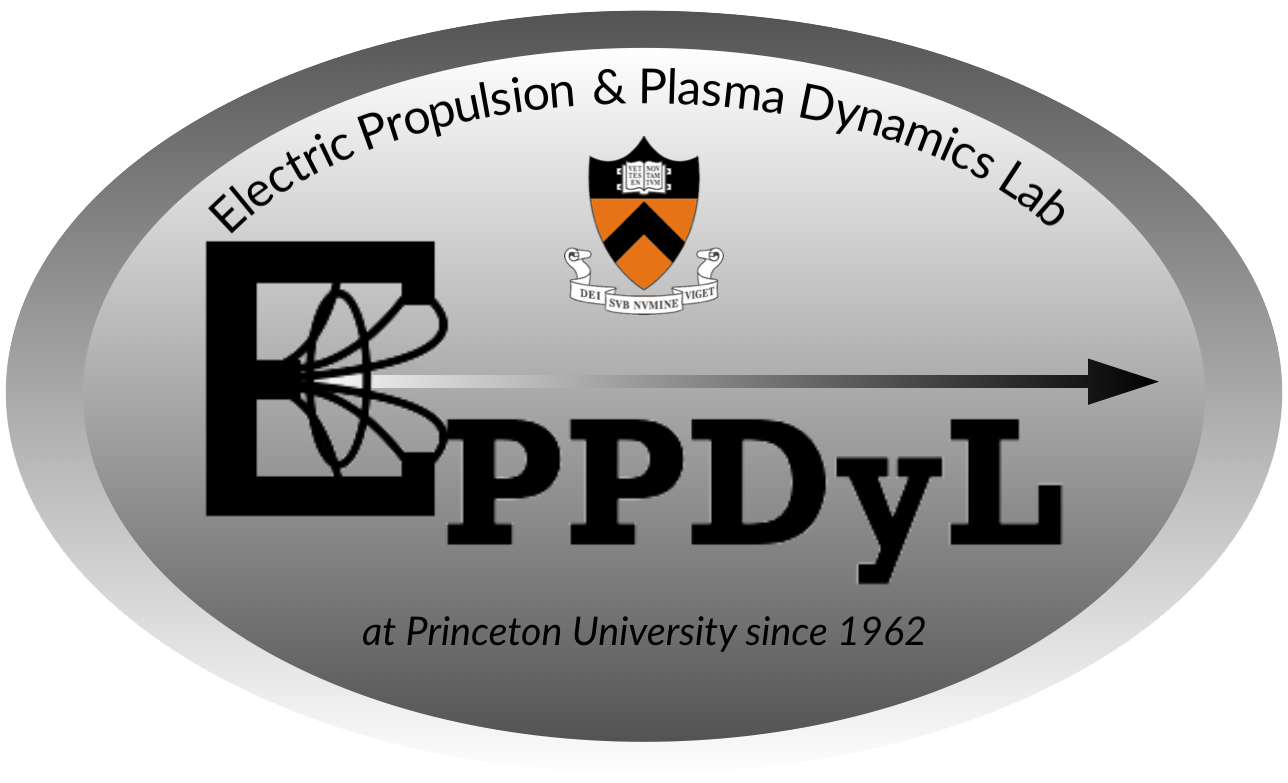Direct Wave-Drive Thruster
Download
Abstract
A propulsion concept relying on the direct steady-state acceleration of a plasma by an inductive wave-launching antenna is presented. By operating inductively in steady state, a direct wave-drive thruster (DWDT) avoids drawbacks associated with pulsed acceleration and electrode erosion. The generalized relations for the scaling of thrust and efficiency are derived analytically. Thrust is shown to scale with the square of the antenna current, and efficiency is shown to increase with increasing current or power. The total force and resistive losses between an annular antenna and a finite-conductivity plasma slab are modeled. Calculations from the model suggest four design criteria for efficient performance of a DWDT: the size of the device must be large when compared to both the standoff distance and plasma skin depth, the excitation frequency must be as large as the electron collision frequency, and the resistive losses within the wave-launching antenna must be minimized. A sample evaluation is performed with the model to illustrate the potential performance for a thruster operating at 10 kW with a mass flow rate of 1 mg ∕s at typical plasma parameters, and the maximum efficiency is found to have an upper bound near 50%
